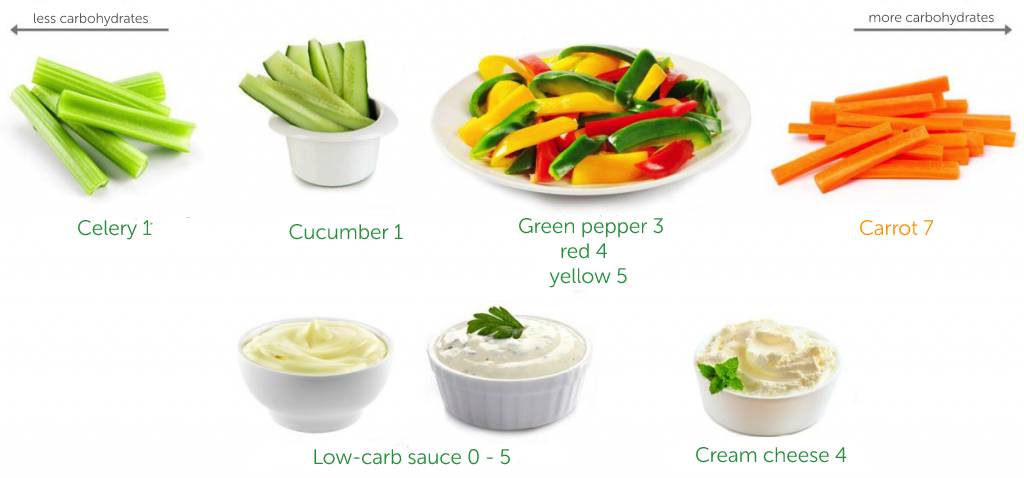

For years, nutritionists all over the world have relied on the food pyramid as their primary tool. Obese people are frequently told that they should reduce their fat intake while slightly increasing their sugar intake. A high-carbohydrate diet was supposed to keep you from gaining weight. Each product group’s recommendations were based on moderate consumption, including sugar. We now know that the previously followed recommendations do not produce the desired outcomes. In order to find an answer to the title question, we will present the findings of a recent study.
Sugar activates a protein in our bodies called delta-FosB, according to scientists. Because it affects changes in the entire genetic makeup of brain cells, particularly within the Reward System, this protein is a critical and necessary factor in the development of any addiction (related to dopamine). As a result, prolonged and excessive stimulation of this system by supplying the body with sugar leads to a situation in which arousal is a normal state, but the lack of agitation leads to anxiety, nervousness, and other drug craving symptoms.
Another issue that proves sugar isn’t our friend is that genetic changes persist over time, even when we avoid sugar and cut our carbohydrate intake significantly. That is why it is critical to recognise that the beginnings of keto-adaptation can be challenging and that these difficulties extend to our mental health.
Although chocolate is not low-carbohydrate, it may be a solution (albeit a temporary one). Even on a low-carb raw food diet, you can occasionally indulge in one or two pieces of chocolate with a high cocoa content (70 percent and above). This can be done more frequently on a more liberal low-carbohydrate diet, though still in small amounts.

A small thin square of 86 percent chocolate (10 g) contains about 2 g of carbohydrate, while a piece of 70 percent chocolate contains about 3.5 g. Plain chocolate can have up to 6 g of carbohydrates per slice, making it unsuitable for people trying to lose weight on a low-carb diet.
There are many other solutions that can be permanently included in your diet if you want to strictly follow a ketogenic or low-carbohydrate diet. Some of our low-carb snack recipes can be found in the recipes section.

With the exception of carrots, which have a higher carb content, vegetable sticks are a great low-carb option. The percentage of digestible carbohydrates is represented by the numbers in the diagram (excluding fibre). This means that 100 g of food has the amount of carbohydrates specified (in grams). You can eat vegetables with the sauce for added flavour, and for the perfect dip, use cream cheese or any low-carbohydrate, high-fat sauce.
Receive tips, articles and all the goodies absolutely free, straight to your inbox!